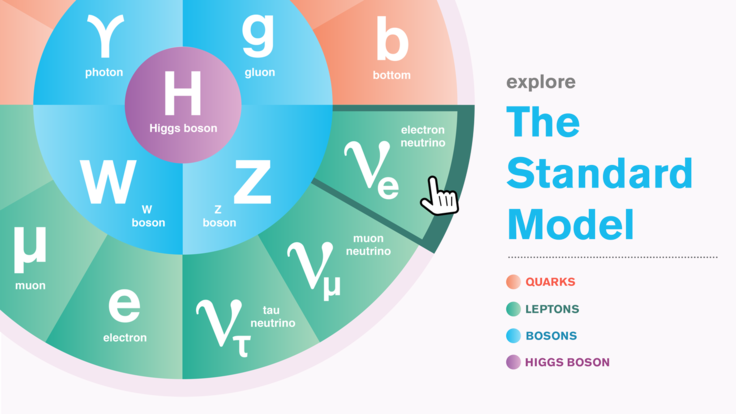All aboard
Jason Steffen waited to board a plane in the Seattle airport. He waited to get his boarding pass scanned. Then he walked a few steps down the jet way, and waited some more. His frustration grew.
"I thought, I've got to be able to do something about this," Steffen says.
After brooding for 18 months, Steffen, a physicist in the Particle Astrophysics Center at Fermilab, came up with a mathematical solution. It would allow passengers to board four to 10 times faster, depending on the size of the airplane.
The secret: load passengers in groups, spaced two to three rows apart, so they can simultaneously stow their luggage.
Steffen posted his method in the Physics and Society section of arXiv.org, a Web site where physicists share results.
In the 3 1/2 months since, he's been contacted by dozens of media outlets all over the globe. But guess who hasn't called? The airlines. Steffen says he heard from a friend of a friend of a friend who works at Boeing that the airline manufacturer has taken note of the study, but his phone has yet to ring.
Since posting his results, Steffen has learned that four or five other groups, including one in Arizona and one in Belgium, had also done airplane boarding studies. Only one was contacted by an airline, and the interest died when the airline was bought out shortly after the initial contact, he says.
Steffen says he never really expected airline interest, and did the study just for his own satisfaction.
"I knew that there had to be a reason for this, and it is nice to know there is a better way to board," he says. "But that hasn't make the time waiting in airport lines go any faster."
What's next? Steffen says he is thinking of examining how the layouts of construction barriers affect the flow of cars per second—a topic of special interest in Illinois, a land of nearly perpetual road construction.
"I would look at how they minimize the number of cars through per second," he says. "That seems to be the goal—not to maximize the flow."
To read Steffen's paper, visit www.symmetrymag.org/ boardingstudy/.
Rhianna Wisniewski and Tona Kunz
Click here to download the pdf version of this article.






